4.6 Google Rating
The Environmental Benefits of Upgrading to Low-Flow Fixtures
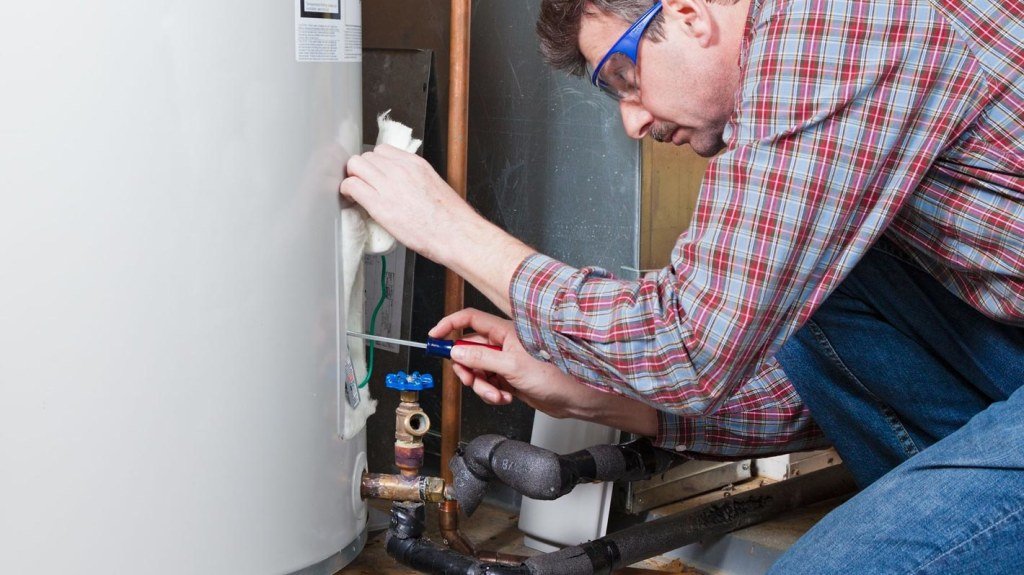
The Environmental Benefits of Upgrading to Low-Flow Fixtures
As the years go by, the availability and focus on environmentally friendly solutions grows. This also goes for plumbing systems. If you’re looking to make your plumbing system less impactful on the environment, low-flow fixtures are a great place to start.
Low-flow fixtures serve the same purpose as regular plumbing fixtures but they’re specifically designed to use less water. Not only are low-flow fixtures environmentally friendly, they’ll even save you money. With the expertise and plumbing knowledge of Mullin Plumbing at your side, we’re here to help you learn more about low-flow fixtures and how the environment benefits from them.
How Much Water Do Low-Flow Fixtures Save?

Low-flow fixtures have steadily grown in popularity due to their water-saving capabilities—all while maintaining sufficient performance. How much water do they actually save? Let’s look at different low-flow fixtures and exactly how much water they save.
Showerheads
Industry-standard showerheads typically sat at 2.5 gallons per minute (gpm). Low-flow showerheads have decreased that number to 2 gpm or even less. This is due to a compressed stream of water supplied through the showerhead.
Faucets
Faucets of the past generally ran at 2.2 gpm. Low-flow faucet aerators are known to cut down nearly a gallon per minute at 1.5 gpm or less. Even with the gap of gallons used per minute, water pressure performance isn’t sacrificed.
Toilets
In the past, toilets were notoriously inefficient when it came to water usage. Gallons per flush (gpf) could reach as high as 7. Low-flow toilets have decreased that number to an average of around 1.28 gpf.
At Mullin Plumbing, we’re trained and certified to handle all aspects of plumbing.
Key Components of Low-Flow Plumbing Fixtures

To understand how low-flow fixtures accomplish their ability to reduce water consumption, we need to look at their components.
Here are the integral components of a low-flow plumbing fixture:
Aerators
Aerators mix air with water to reduce the amount of water used. This mixture cuts down on water but emulates the typical amount of water pressure of a standard fixture. Commonly, aerators are used with low-flow faucets and showerheads.
Flow Restrictors
The flow restrictor component of a low-flow plumbing fixture limits the amount of water allowed to flow through. Even by limiting the amount of water coming through the fixture, flow restrictors still prevent a large drop in water pressure.
Dual-flush Technology
You’ve probably noticed toilets with two options—one for liquid water and another for solids. This is known as dual-flush technology. For liquids, the toilet will use less water, and for solids, more water is allotted to properly flush all remnants. This allows the toilet and its users to control their water needs and reduce water consumption at the same time.
Advantages of Eco-Friendly Plumbing Fixtures

Utilizing low-flow fixtures for your plumbing system provides several benefits such as:
Reduction of Wasted Water
According to the EPA, by using low-flow fixtures in your home, you can potentially save up to 700 gallons of water per year. This reduction in wasted water only benefits the environment.
Reduction in Water Costs
With less water being used, usage costs also see a reduction. Lower your monthly utility bills by utilizing low-flow plumbing fixtures throughout your home.
Lower Water Heating Costs
With low-flow plumbing fixtures in your home, you’ll be using less hot water as well. Hot water is needed for numerous daily activities so the reduction of hot water usage across the board means another decrease in costs.
A Boost in the Lifespan of Your Plumbing System
With normal plumbing fixtures, the regular amount of water flow contributes to sustained wear and tear on your plumbing system. With low-flow fixtures, there will be a decrease in the amount of wear and tear—keeping your plumbing system healthier for longer.
In need of plumbing maintenance? Lean on the experts at Mullin Plumbing for maintenance solutions that’ll further benefit your plumbing system.
Save More Water With These Tips
Even if you’re benefiting from the use of low-flow fixtures, there’s still a host of other practices you can adopt to save more water and more money:
Cut down time in the shower
One way to save on water and energy usage is taking shorter showers. Even shaving off a minute or two can make an impact.
Turn off the water while brushing your teeth
Another way to save more water is shutting off the water while brushing your teeth. Leave the tap on while in use, but once you’re brushing your teeth, turn off the faucet to conserve water.
Properly use dual-flush toilets
The entire point of a dual-flush toilet is to control water usage. You can’t benefit from this technology if it isn’t used as intended. Make sure to use the half-flush for liquids and full-flush for solids.
Avoid flushing trash
Toilets can’t handle materials other than human waste and toilet paper. This is why it’s important to avoid flushing trash and any other items down the toilet. Failing to follow this can lead to a host of issues like clogging, flooding, and costly repairs. Save the money, and the water by sticking to human waste and toilet paper.
Address leaks immediately
Whether it’s small or large, plumbing leaks can be a major problem if left unaddressed. Deal with them as soon as you notice them to avoid a rise in water costs and other plumbing issues.
Has a leak manifested in your home? Reach out to Mullin Plumbing for repair services to promptly alleviate the issue.
Why You Should Upgrade to Low-Flow Fixtures
From a reduction in your water bills to a positive impact on the environment, upgrading to low-flow fixtures in your home is the beneficial solution you’ve been looking for.
Ready to upgrade? Choose Mullin Plumbing for all of your plumbing replacement and installation needs.
CTA: Contact us today
Recent News

How Plumbing Systems Differ Between Older and Newer Homes

Is an Aerobic Septic System Worth Installing?

Septic Tank Repair For Concrete Septic Tanks
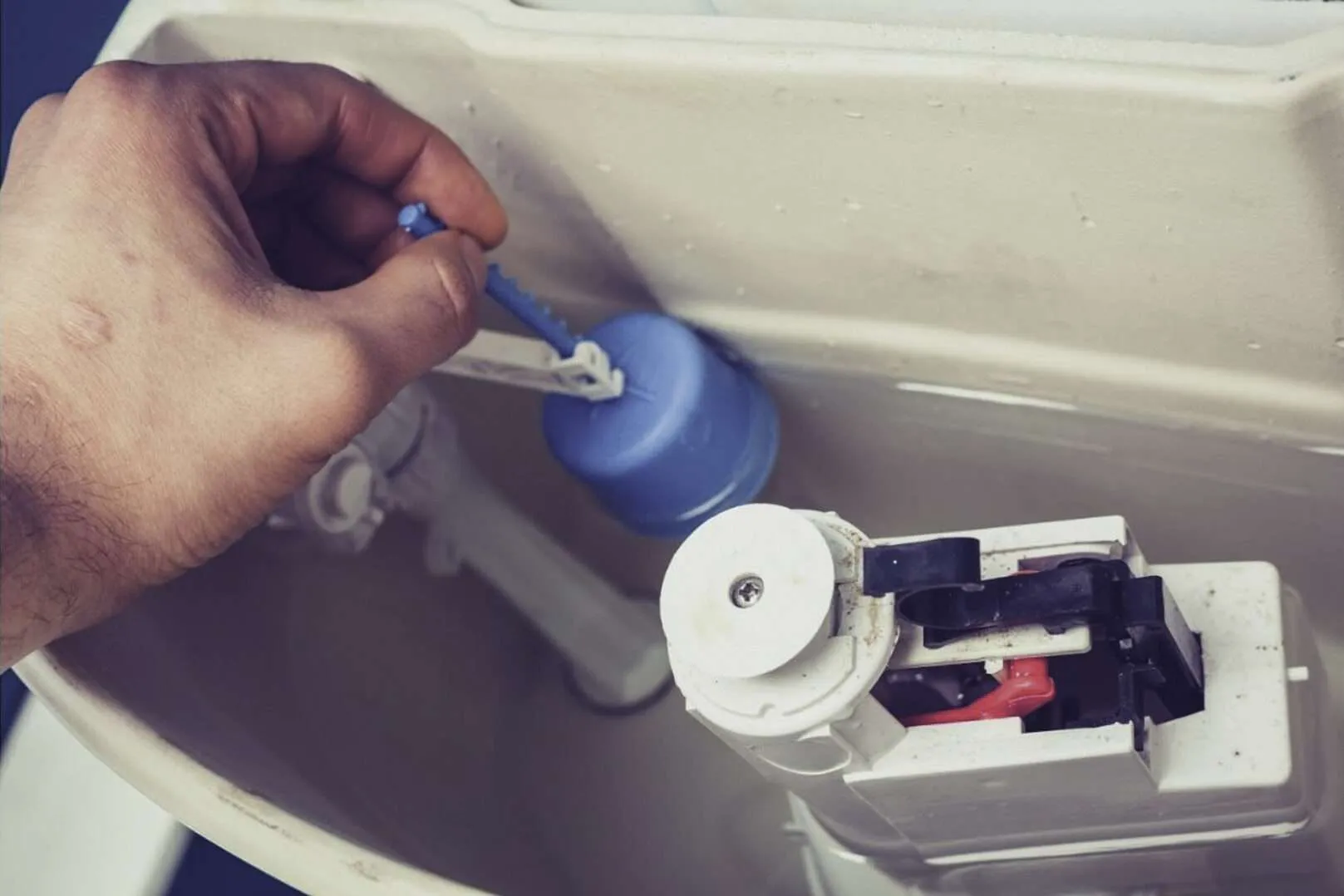
Is a Running Toilet a Problem?
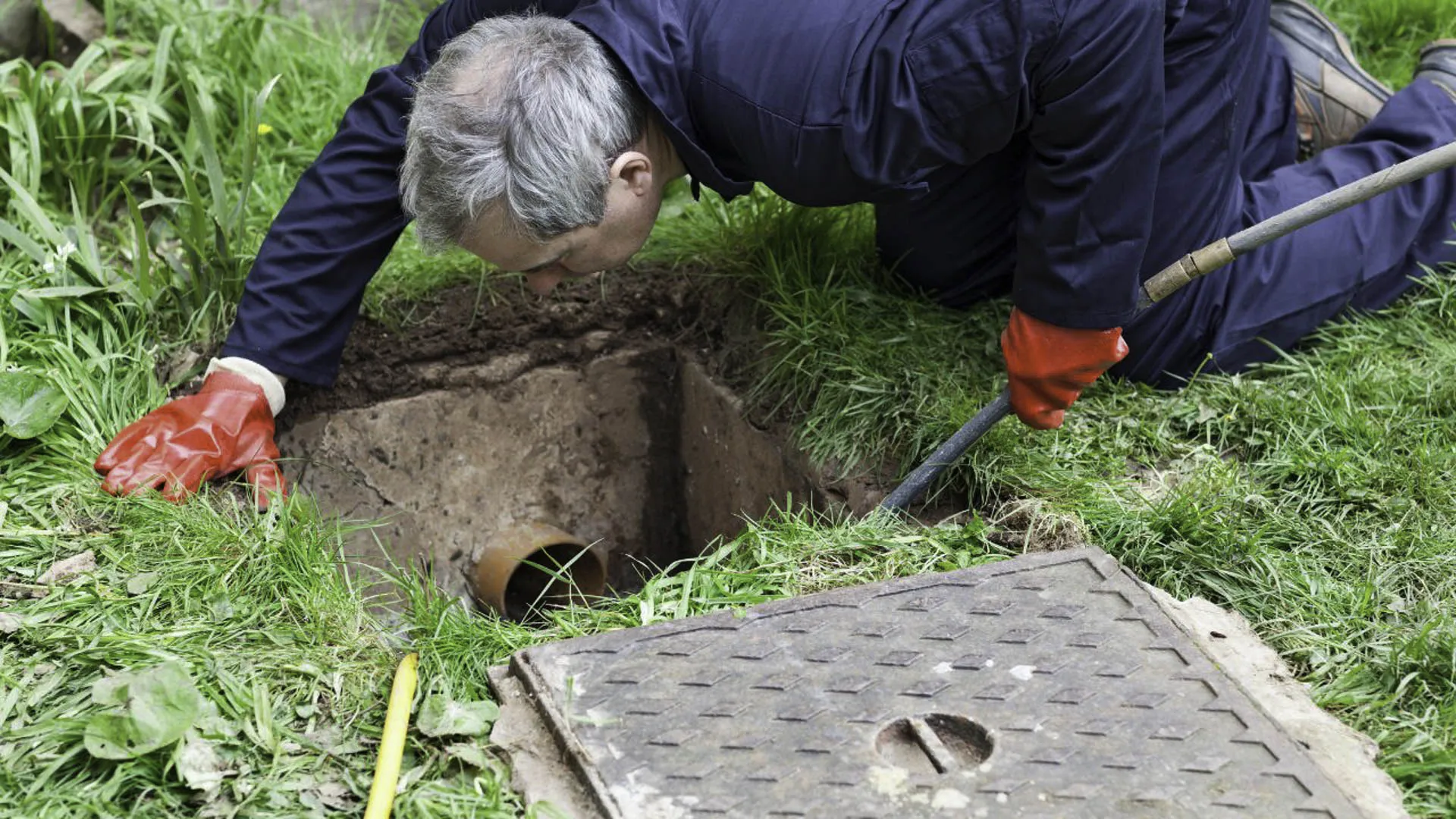
What is Considered a Plumbing Emergency?
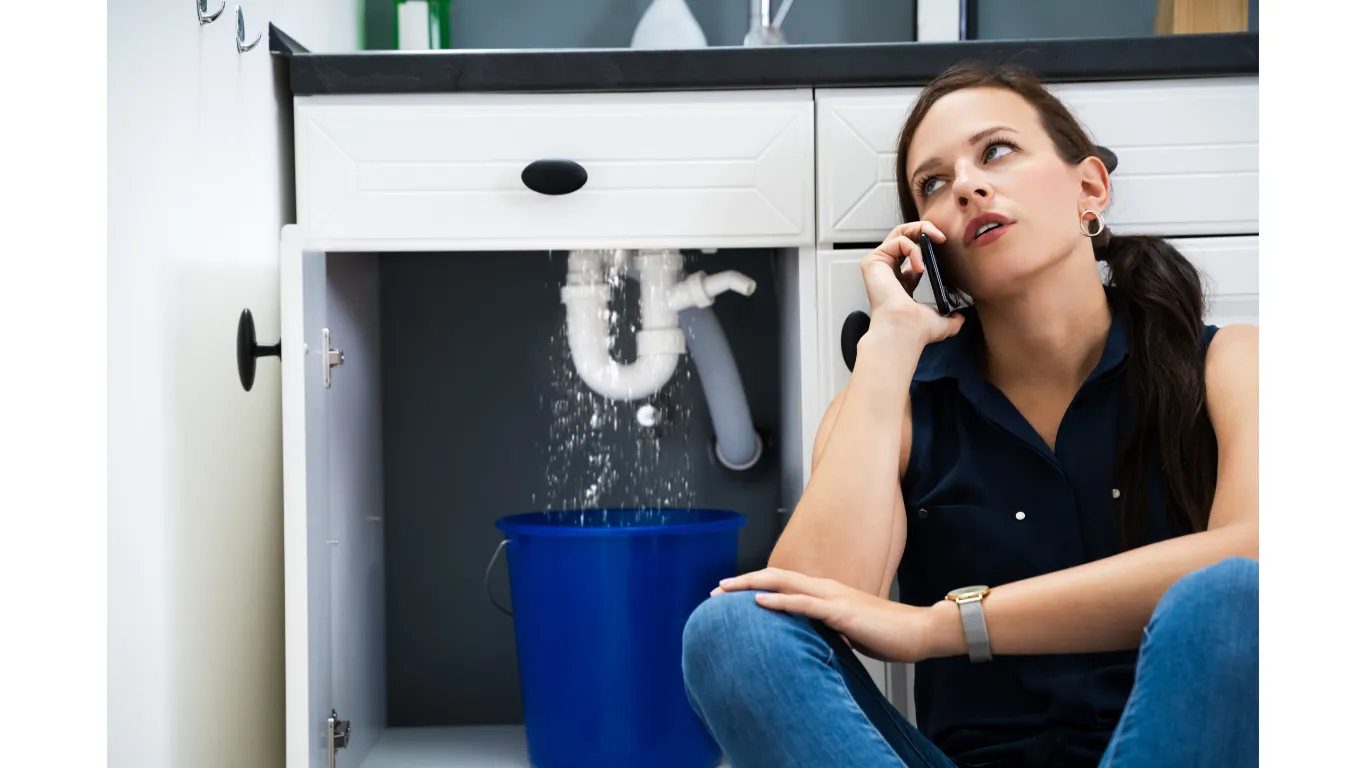
Do Not Let a Plumbing Disaster Ruin Your Holiday
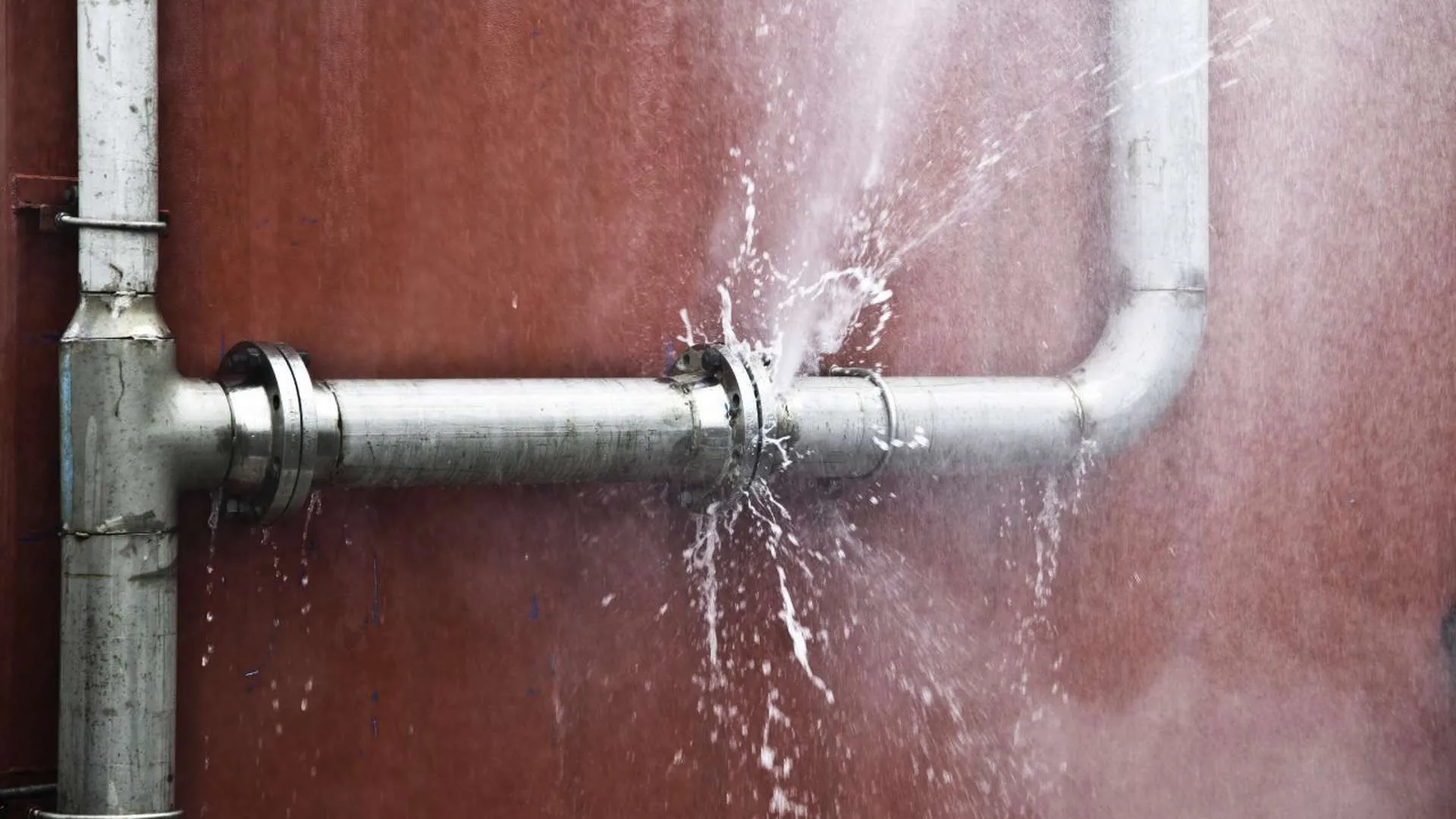
What is a Conventional Septic System?
Get in Touch

